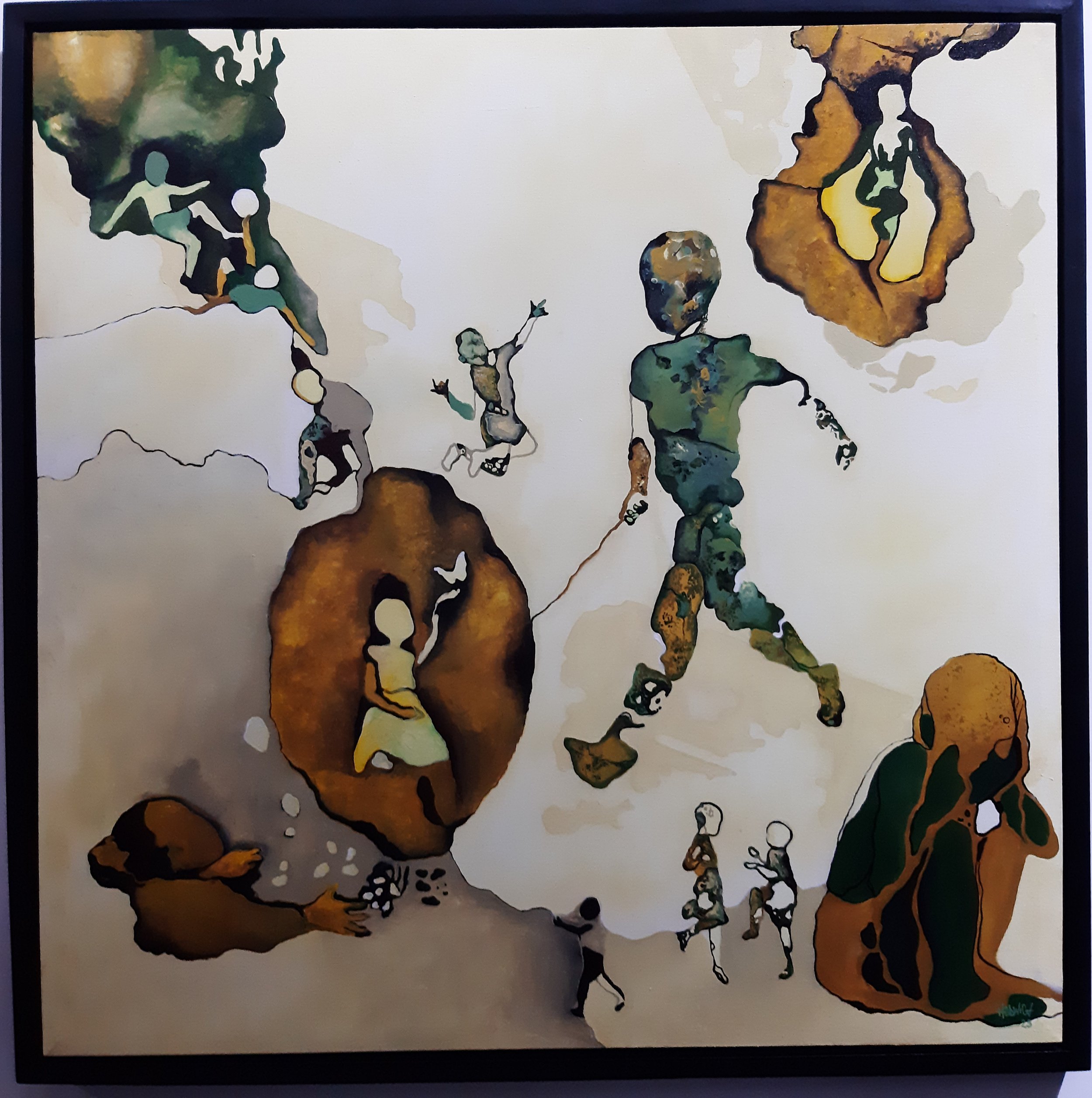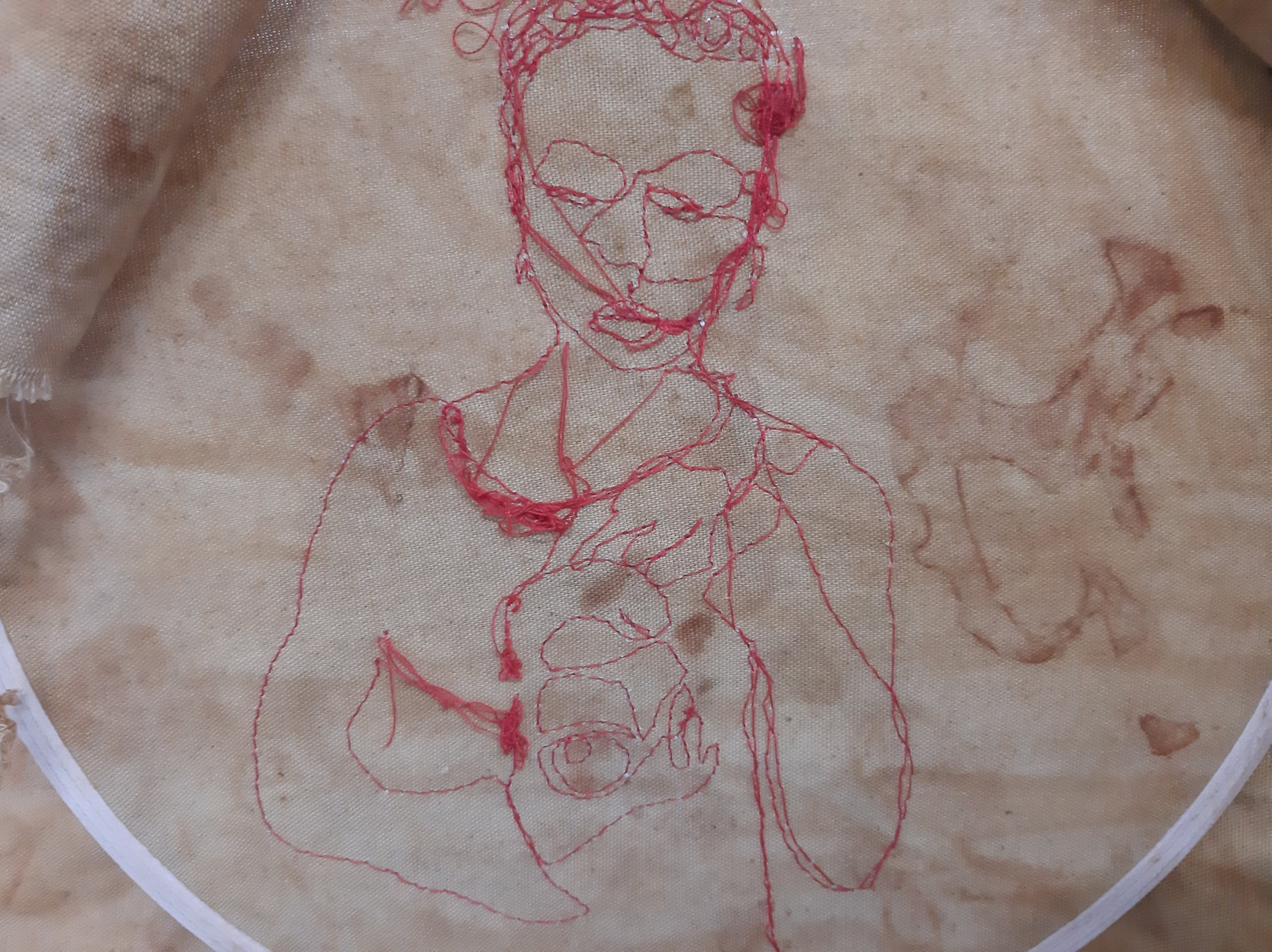As Tukutane Dar Takes Center Stage in Tanzania
Every year, Dar es Salaam, the capital city of Tanzania, plays host to an impressive, well-attended visual arts event titled Tukutane Dar Art Week. As the name implies, it is a gathering that art and culture lovers look forward to. Tukutane in the Kiswahili language means “let us meet.”
This year, the Tukutane Dar art week was facilitated by an equally impressive art center called Nafasi Art Space. Nafasi in Kiswahili means space and this contemporary art center/space was founded in 2008 by a small group of Tanzanian Artists with the aim of improving access to and widening participation in the visual arts in the country.
At Nafasi, visual and performing artists create, learn, exhibit, and perform. Over the years the center has become the most vibrant platform for artistic exchange. Artists not only come to learn and inspire, they also share their work with the world.
How did art become a big deal in Dar es Salaam?
Studies indicate that the visual arts in Tanzania have been shaped by socio-cultural, political and economic events. Post-independence in the 1960s, the visual arts gained wings under the strong influence of President Julius Nyerere’s steadfast drive towards cultural decolonization.
Nyerere ambitiously engineered a campaign to revive and promote pre-colonial traditions and customs in a bid to redefine and construct the national cultural identity of the newly independent Tanzania through the arts. In the succeeding years, there were periods of artistic boom and drought at the same time given challenges faced by the country.
But the past ten years has seen a huge transformation in the promotion of arts with different stakeholders joining hands to revive it.
It is against this background that one can understand the significance and importance of the Tukutane Dar Art Week. Tukutane Dar is a big event in Tanzania. In line with its objectives, every activity is geared towards increasing the creativity, visibility, and impact of the arts.
The bi-annual conference is organized to reflect on and reimagine arts and cultural dialogue in the country. It is aimed at building a vibrant, resilient, and networked arts and culture ecosystem.
In February this year, artists, organizations, and spaces were open to the public for workshops, roundtables, panels, and artistic showcases hosted by independent cultural spaces across the city.
Various organizations who passionately support the arts such as the National Arts Council, Rangi Gallery, University of Dar es salaam (Creative Arts Department), Culture for Development East Africa (CDEA), Art for Social and Economic Development in Africa (ASADEVA), AjabuAjabu and Muda Africa worked together to make the event a success.
Speaking in an interview, Nafasi Arts Space Visual Arts Coordinator, Germane Sigonda said that the main objective for this year’s Tukutane Dar was to continue a cultural dialogue with different art stakeholders from within and outside of Tanzania. These conversations centered on art related issues with the hope that these would ignite collaborations, and connections that are beneficial to the art community.
Germane said that the development of the arts is a collective task that begins with cultural dialogues and exchanges, strategic partnerships and collaborations that are highly important in promoting contemporary art in the country.
She strongly believes that Tanzanian artists have so much to offer to their communities and the world at large. It is therefore, imperative to continue creating physical and digital opportunities to make this possible at a larger scale, he emphasized.
This is why, he explained, that the exhibitions were open to artists, art managers, curators, facilitators and practitioners of all ages. As a result, artists between the ages of 20 and 30 had the opportunity to exhibit and showcase their work.
People exhibited their work based on inspiring stories. Among them was Hedwiga Tairo who is originally from the Kilimanjaro region. Her work is inspired by nature, real life stories and daily experiences. She explores ideas related to mental health, development, behavior and psychological disorders with the aim of increasing awareness of one’s surroundings.
Another artist, Liberatha Alibalio, works with textile installation of colorful fabrics, small quilts and stitch works. She focuses on artist identity formalities, environment and materiality that influence creation. In addition, Liberatha said her curiosity has led to experimentation with food, colors and fabric. One of her pieces show the most celebrated dish among the coastal regions, Biryani, known for its spicy taste and color. The dish gained popularity with Muslims of the Indian subcontinent in the 18th century and became common with the Indian population in Tanzania.
To show the reach and impact of the event, several African countries were represented. Among them were Zambia, Uganda, South Africa, Kenya, Somalia, Zimbabwe and Burundi.
One of the hosts of the exhibitions was the Rangi Gallery, which creates an interactive platform that brings together local artists and art enthusiasts from around the world. It also goes beyond selling and buying, to talent management and cultivating an active community that can share, appreciate, educate and inspire one another.
Artists were inspired by the opportunity created by Rangi and Nafasi to showcase their work and network with people of like mind.
Given the success of the event, Executive Secretary National Arts Council Dr. Kedmond Mapana congratulated Nafasi Arts Space management for such a great initiative
Anthony Mwango is an artist and educationist






